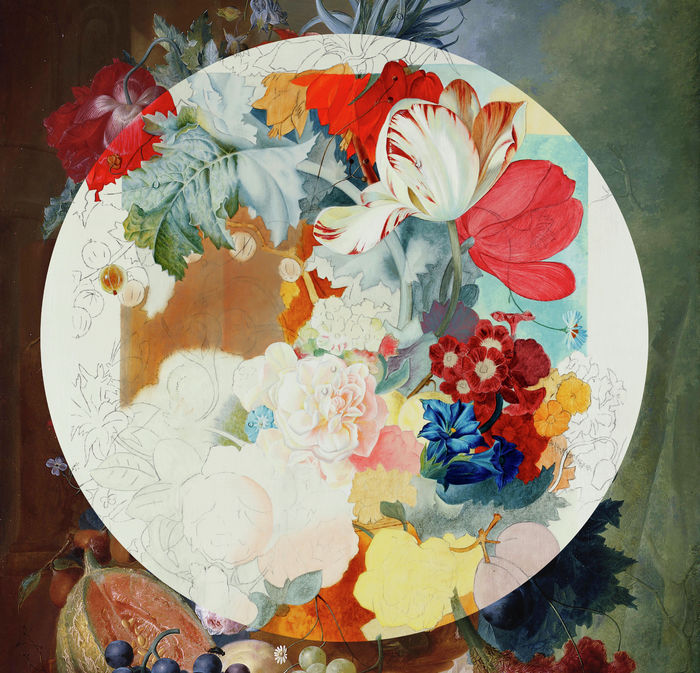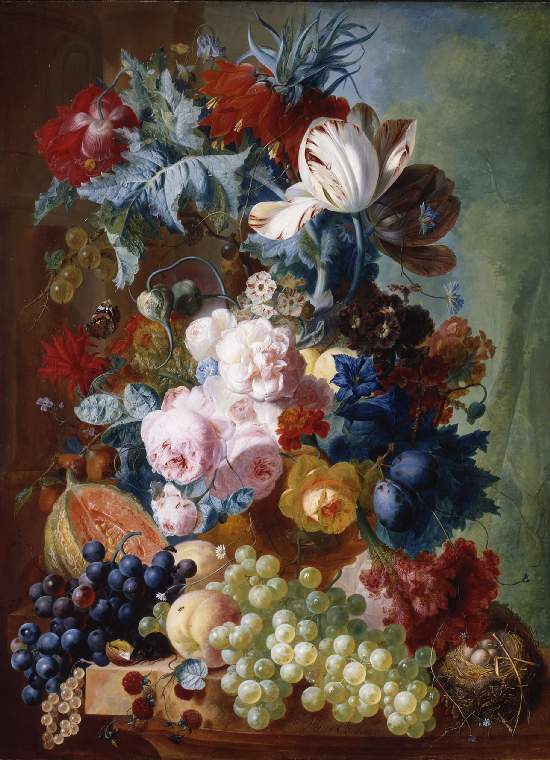Sharpening Perceptions, an exhibition at the Fitzwilliam Museum, shows early career conservators’ copies of masterpieces. The copies are displayed side by side with the originals to give insights into how the original paintings were made and what they would have looked like, fresh from the artist’s studio.
Sharpening Perceptions: how to copy a masterpiece is an exhibition of copies of paintings in The Fitzwilliam Museum, curated by Dr Spike Bucklow. Sharpening Perceptions opened on 4 February 2020 but unfortunately although it was scheduled to run until 17 May, it closed two months early when the Museum closed to the public on 17 March, owing to the coronavirus pandemic.
As visitors can no longer see the exhibition, we wanted to showcase some key pieces from the exhibition and explain the creative and artistic practices that go into copying a masterpiece. The exhibition showcases copies made by students at the Hamilton Kerr Institute (HKI) as part of their training to become painting conservators. The HKI is a department of the Fitzwilliam and it undertakes conservation of easel paintings, as well as educating painting conservators and contributing to scientific, technical and art historical research.
In the exhibition, the copies are displayed alongside the original paintings. They are not intended to look the same as the original but to show how it was made, with areas of bare canvas or panel, priming layers, drawing, etc. Those areas that are not brought to completion show the hidden layer structure of the original painting. Those areas that are brought to completion show how the original may have looked before pigments faded.
For instance, in the exhibition, a copy by Spike Bucklow of Flowers and Fruit by Jan van Os:

And the original painting:

Copying masterpieces was standard practice for historic painters. Today, it is the final part of the post-graduate training offered by the Hamilton Kerr Institute. Historically, painters would completely finish their copies but these copies are purposefully unfinished. Over a matter of months, the conservation student examines and treats an original painting and, side-by-side in the studio, reconstructs selected aspects of that painting using the original materials and techniques. It is a piece of practice-based research for the student and the part-finished reconstruction becomes a teaching resource for future students because it shows various stages of construction. In the exhibition, the part-finished reconstructions also provides the public unique insights into the ways great artists achieved their spectacular effects. This hopefully encourages a shift in the way people see paintings. We usually think of them as 2-dimensional images, but leaving the various stages of the painting process visible makes it clear that they are actually 3-dimensional objects. The layers of canvas, priming, paint and varnish may be very, very thin, but they perform a crucial job in absorbing, scattering and reflecting light to create the final image.
This exhibition provided a platform for the work of early-career conservators to be showcased, developing audience understanding of conservation training, which is often hidden from view. It is a creative use of the museum space that puts the public into the shoes of a trainee conservator and, more importantly, into the shoes of the original artist. This dynamic engagement with paintings is achieved by placing the physical process of painting in the foreground.
All the copies featured in the Sharpening Perceptions Exhibition are of paintings in the Fitzwilliam Museum. However, the Hamilton Kerr Institute works on paintings from other collections so some student copies are of paintings in other collections. One, a copy of part of the thirteenth century Westminster Retable, is on permanent display in the Museum at Westminster Abbey, London, alongside the original.
The Sharpening Perceptions exhibition showcases work by student and early-career conservators who are overwhelmingly women, providing an important counterpoint to the original paintings. Those students who made the copies featured in the exhibition all went on to careers in conservation. However, the act of reconstructing a painting provides privileged first-hand experience in the techniques of painting and some students have gone on to careers as practicing fine artists. For example, Sarah Lee Roberts now works as a painter using her knowledge of Old Master techniques, and teaches at the Royal Drawing School.







